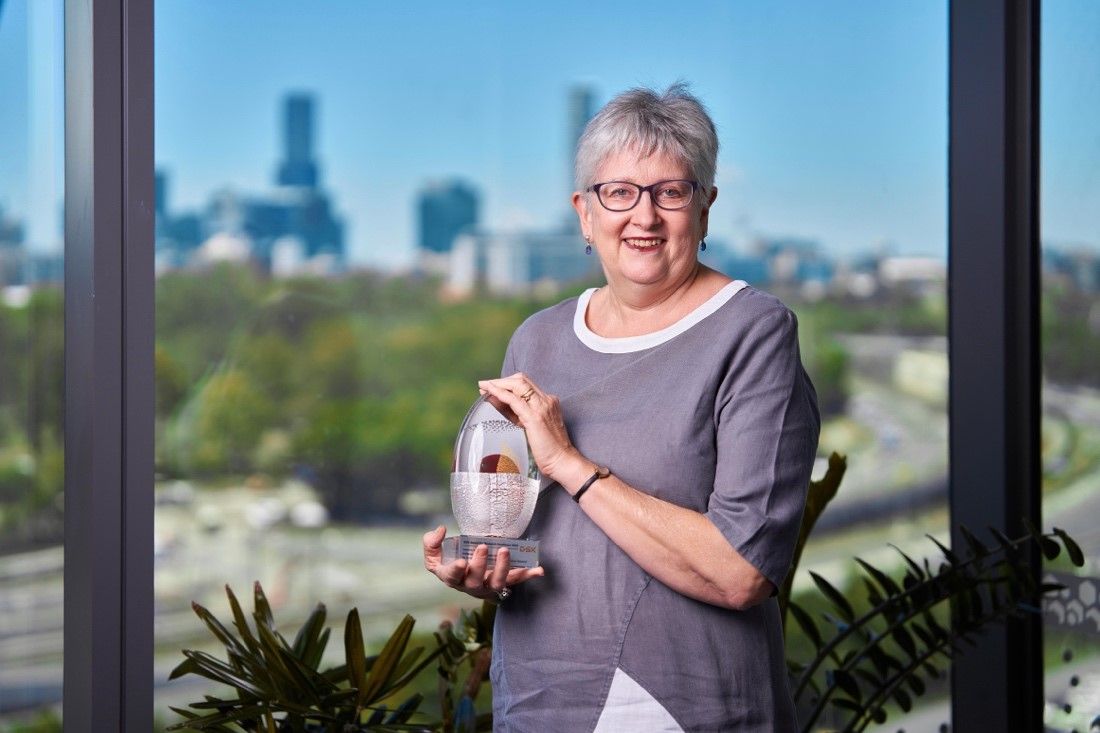Taking time to listen
A new report aims to lay the foundations for a deeper and more meaningful and equitable relationship between Indigenous and non-Indigenous Australians in the mining transition sector.

Developing enduring and mutually beneficial relationships between Indigenous and non-Indigenous Australians is at the heart of a new report on creating a best-practice approach to transitioning mine sites across Australia.
The Foundations for Effective Indigenous Inclusion report, undertaken by the Federal Government’s world-leading Cooperative Research Centre’s Transformations in Mining Economies program (CRC TiME), makes eight key recommendations on how to best serve the aspirations of Indigenous Australians whose Country supports mining communities in transition.
Professor Stephen van Leeuwen, the report’s co-author and the Indigenous Chair, Biodiversity and Environmental Science at Curtin University in Western Australia, says paramount in the relationship between Indigenous Australians and other stakeholders is an acknowledgement of the right of First Nations people to self-determination.
“It’s about relationships, and it doesn’t matter who the relationships are with, they require effort and time,” he says of the report findings.
The report lists the building blocks for a best-practice Indigenous Inclusion Strategy as:
- Awareness of the principles, practices, and protocols of relationships with First Nations people.
- Creating ethical and moral systems that enable relationship building that values equality, equitability, respect, integrity, and reciprocity.
- Recognising and enacting Indigenous Australians’ right to self-determination.
- Recognition of Free, Prior and Informed Consent (FPIC).
- Recognition of Indigenous Cultural and Intellectual Property (ICIP).
- Acknowledgement of the holistic principle of “time” and how this influences relationships and research initiatives.
- Investing time and allocating resources to build culturally safe relationships.
- Ensuring Traditional Knowledge and new knowledge are welcomed and valued.
A better understanding of Indigenous Australians’ concept of “time” and their connections to “Country” are two examples where mining industry stakeholders, including academic researchers and government representatives, can add value to the dialogue on change.
While Western time is rigidly linear, with a past, present, and future, Traditional Owners perceive time in a circular pattern, existing in the past and present simultaneously, with the future holding no bearing – meaning that structured time is often less relevant.
“Partly why non-Indigenous Australians don’t get it is because, for them, time is money. In the research world, academic world, and even corporate world, where money isn’t easy to obtain, it’s a stumbling block if they go into an Indigenous community and can’t talk to people because of ‘sorry business’,” says Professor van Leeuwen.
“Getting that concept of time across to the funders of projects, including government departments, is vital so they will sufficiently invest in building relationships.”
Similarly, Professor van Leeuwen says Indigenous Australians’ concept of Country is rooted in the land itself and extends to the sky and cosmos beyond. Song lines, totems, and women’s and men’s business represent intangible aspects of Country.
“Country constitutes what can best be described as a sense of sacredness and spirit,” the report states. “At the crux of the relationship between Indigenous people and their respective Country is a sense of obligation to protect and sustain Country.’’
Realising the difference between Western and Indigenous perceptions of Country, along with adopting the other recommendations of the CRC TiME report, are crucial to building sustainable, equal, and equitable relationships.










